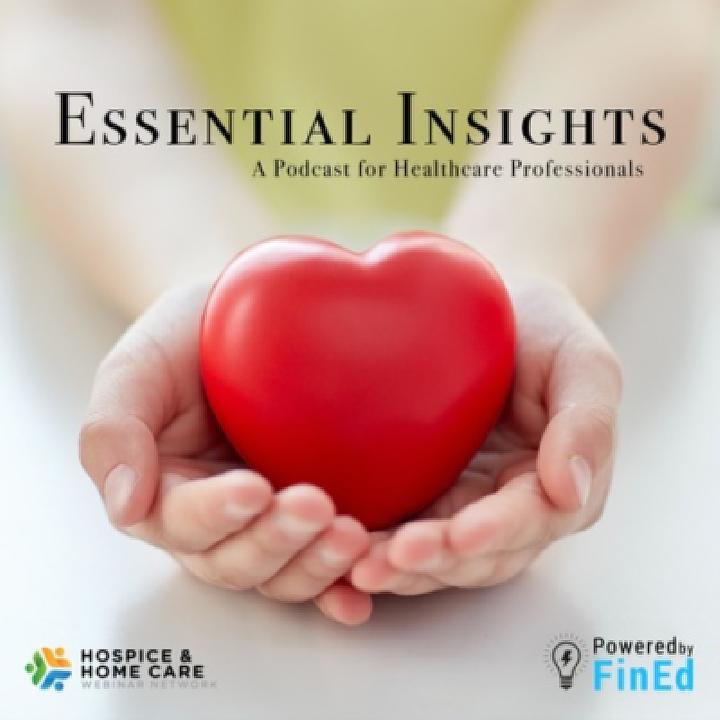
Diversity & Inclusion: Sample Components of a Community Needs Assessment
Diversity & Inclusion: Sample Components of a Community Needs Assessment
The Hospice & Home Care Webinar Network encourages healthcare agencies to promote and practice diversity and inclusion. We teamed up with Gloria Turner of Turner Healthcare Consulting to create an on-demand Diversity & Inclusion During End-of-Life Care Webinar Package to help agencies understand the dynamics of cultural and implicit biases.
Below is a brief sample of a Community Needs Assessment. Learn what your community needs are, how to collect that information and the next steps.
Planning Your Community Assessment
Start off in the right direction by establishing a structure, an advisory group, and a Needs Assessment team. Consider if you need an external consultant and if there are potential collaborative partners.
Below is a brief sample of a Community Needs Assessment. Learn what your community needs are, how to collect that information and the next steps.
Planning Your Community Assessment
Start off in the right direction by establishing a structure, an advisory group, and a Needs Assessment team. Consider if you need an external consultant and if there are potential collaborative partners.
Set Goals, Define Parameters & Objectives
This is a brief, broad statement of intent that provides vision and scope for the intended effort. Setting your goal is a good time to incorporate your mission and value statement. You will then need to set your parameters, both big picture (resources, timeline, challenges) and small picture (who, what, where, when). And don’t forget about your objectives:
- Surveys: in-person, online, mail
- Interviews: face-to-face, one-on-one, community partners
- Focus groups
- Community forums
- Observation
Develop a Work Plan & Budget
A number of considerations go into your work plan and budget including but not limited to staff time, resources needed, financial costs, and outcomes.
Collecting & Analyzing Data
Select how to collect data by using a primary method (new qualitative information from the community) and/or secondary data (information that was previously collected by you or someone else). Collection methods include:
- Surveys: in-person, online, mail
- Interviews: face-to-face, one-on-one, community partners
- Focus groups
- Community forums
- Observation
Create a Plan Worksheet or Logic Model
Organize your data into a worksheet or logic model that makes it easy to analyze. You will want to include the topic (goal), methods of collection, who the target audience is, timelines and dates, measure the collected information, outcomes, and your agency’s strategic plan and next steps.
Analysis: What did you learn?
The data is now organized, and the fun can begin! It’s time to analyze the results and decide what to do with the information. The best place to start is a summary report. Then segment, filter, and categorize the data. Utilize charts, pictures, and mapping to visualize the findings in a way that makes them easy to present.
Share Your Findings/Information with Stakeholders
There are a number of different ways to share your Needs Assessment findings. For stakeholders, you can provide written or verbal content, including virtual calls or webinars. For the community, you can share information through hosting a community event, newsletters, annual reports, and even social media. Get creative!
Information Detail
Lastly, draw up an information detail about the Needs Assessment that includes an executive summary, background, methods, key findings, and most importantly recommendations for the next steps. How are you going to use this information to better serve your community?
Content for this blog post is part of a take-away tool from the Diversity & Inclusion Part 1: Cultural Influences in End-of-Life Care — Appropriate Outreach webinar, designed by Gloria Turner. To learn more, please contact us at support@eewebinarnetwork.com or call us at (406) 442-2585.
Read These Articles Next
Tess Bower
March 25, 2024
January 20, 2022
July 19, 2022
© 2025 FINANCIAL EDUCATION & DEVELOPMENT, INC





